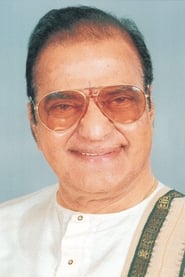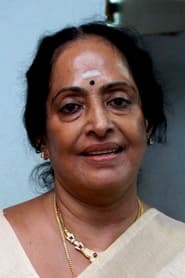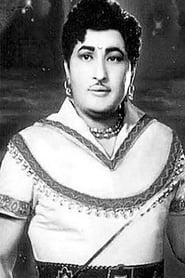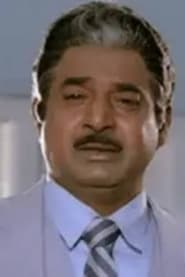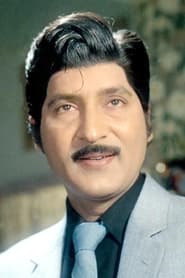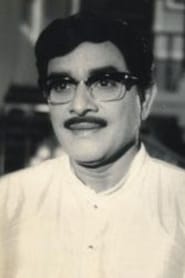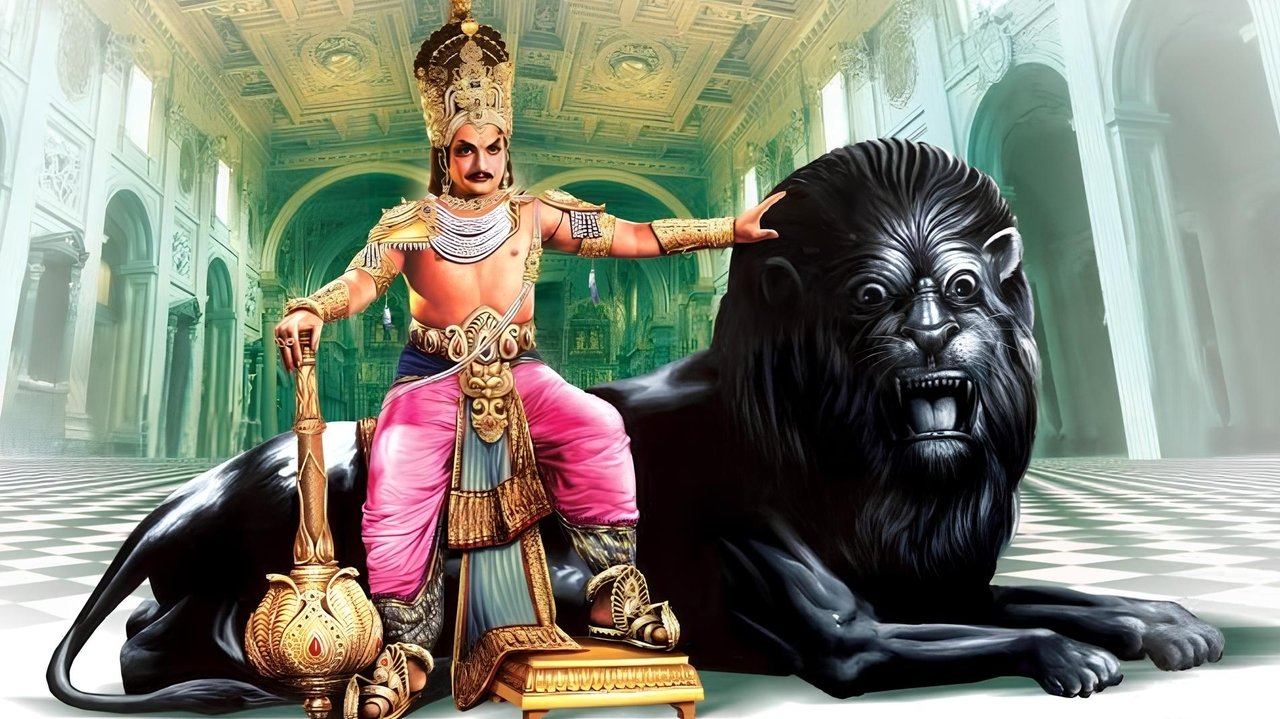

Sri Krishna Pandaveeyam(1966)
The film depicts the adolescent age of the Pandavas and Krishna and shows the events in the Mahabharata, focusing on the later chapters of Adi Parva and the first half of Sabha Parva.
Movie: Sri Krishna Pandaveeyam
Top 9 Billed Cast
Dharmaraju
Video Trailer Sri Krishna Pandaveeyam
Similar Movies
The Doings of Lord Krishna(hi)
Shri Krishna Leela is a 1971 Hindi religious film directed by Homi Wadia. It was produced by his Basant Pictures banner. Written by B. M. Vyas, the story and dialogue were by S. N. Tripathi.
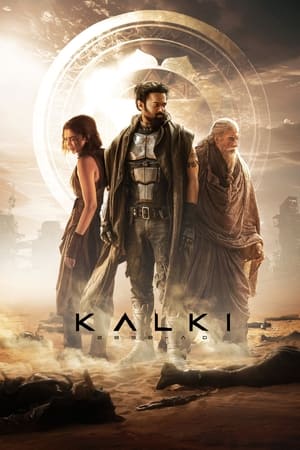 6.4
6.4Kalki 2898-AD(te)
In the year 2898 AD, around 6000 years after Kurukshetra war, Ashwatthama gears up for his final battle of redemption at the sign of hope in a dystopian world and Bhairava, a wisecracking and self-interested bounty hunter, tired of the perilous life becomes the hurdle in the process.
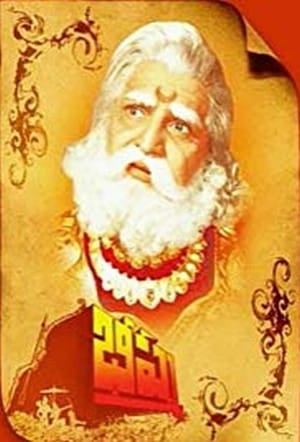 0.0
0.0Bhishma(te)
Bhishma is a 1962 Indian Telugu-language Hindu Epic film, based on the life of Bhishma from the epic Mahabharata.
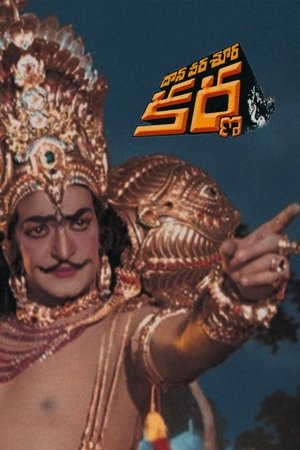 8.5
8.5Daana Veera Soora Karna(te)
A retelling of Mahabharata through the perspectives of KARNA and DURYODHANA. The film uses dialogue and poetry written in Classical Telugu/ Grandhika Basha.
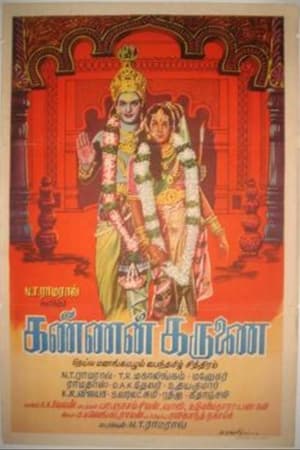 0.0
0.0Kannan Karunai(ta)
Kannan Karunai is a 1971 remake Indian Tamil-language Hindu Epic film directed by N. T. Rama Rao.
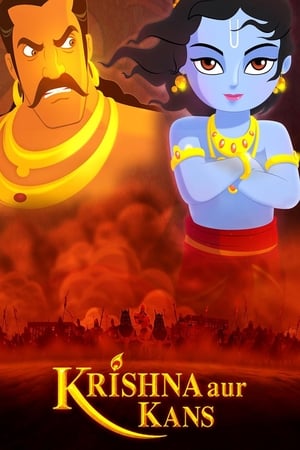 8.0
8.0Krishna and Kamsa(hi)
Hailed as India's first stereoscopic animated film, 'Krishna Aur Kans' is an exciting narrative full of action and drama. The movie chronicles Krishna's early years -- from his birth as the nemesis of his tyrannical uncle Kans.
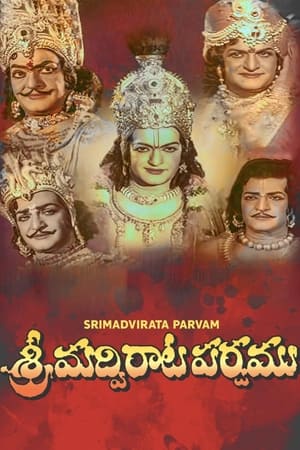 7.0
7.0Srimadhvirata Parvamu(te)
It is an Epic story based on the book Virata Parva of Mahabharatha. After 12 years of Vanavasam, the Pandavas spend their 13th year of exile the Agnaadhavasam in an incognito state with disguised identities at the court of Virata. Follows how they end their exile & the marriage celebration of Uttara and Abhimanyu.
 7.7
7.7Mayabazar(te)
Balarama promises Subhadra that he'll marry his daughter to her son. But when the Pandavas loses their kingdom to the Kauravas, Balarama breaks his promise.
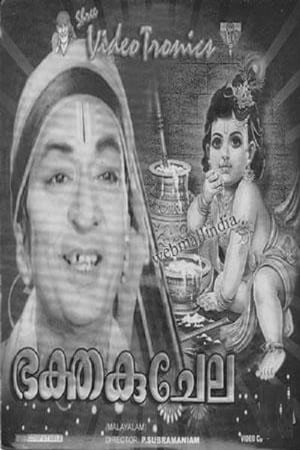 0.0
0.0Bhakta Kuchela(ml)
The film told, apart from the main story of the friendship between Krishna and Kuchela, a few sequences from the Bhagavatha
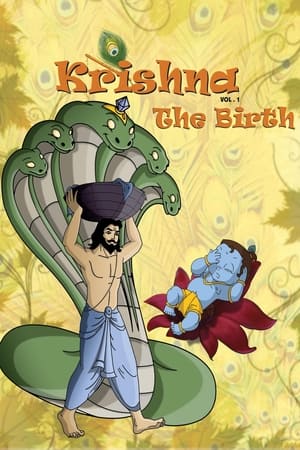 10.0
10.0Krishna - The Birth(hi)
Krishna - The Birth is the enchanting tale of the miraculous birth of Lord Vishnu in the form of baby Krishna to Vasudev and Devaki. The story is set in an era when the human race was overburdened by the demonic forces of different kings posing themselves as the royal order.
 0.0
0.0Aayudh(en)
In 2094, a ruthless dictator controls India with an iron fist. Trapped in a militarised zone, a group of revolutionaries must escape before the crushing weight of despair destroys them from within.
 6.4
6.4Chhota Bheem Aur Krishna(hi)
About 500 years ago, the five kingdoms around Dholakpur joined together to end Kirmada`s rule. Now a mysterious force has brought him back from the dead. Don`t miss Bheem beat Kirmada & save the kingdom of Dholakpur once again!
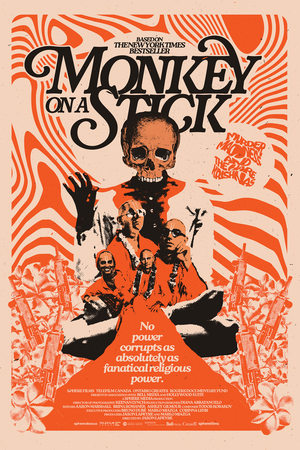 7.7
7.7Monkey on a Stick(en)
The story of the Hare Krishna movement in the West, contrasting the spiritual exploration of its devotees with the leadership's systemic, long-term cover-up of criminality, moral decay and abuse of power.
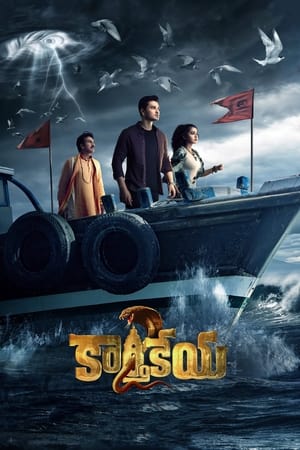 6.3
6.3Karthikeya 2(te)
Before the Kalyug begins, Lord Krishna hands over an anklet that holds the answer to all of world’s miseries. Years later a doctor finds himself in the thick of things when the pursuit for the anklet carries on. A doctor with a curious mind, Karthikeya, aka Karthik, believes in pursuing the truth. The quest leads Karthik to discover the power of the ancient Indian belief system and the essence of Krishna.
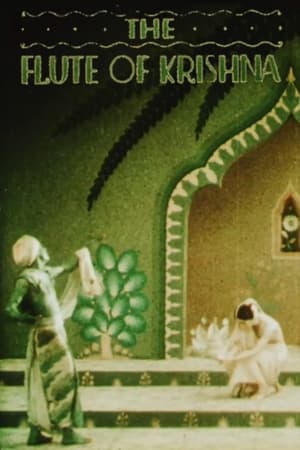 5.2
5.2The Flute of Krishna(en)
Produced by the Eastman Kodak Company and shot in a then-experimental process, two-color Kodachrome, Martha Graham's dance "The Flute of Krishna" is performed by students from the Eastman School of Music. It's likely (but unconfirmed) that the film was directed by an uncredited Rouben Mamoulian.
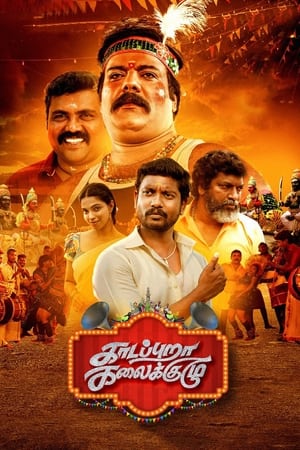 0.0
0.0Kaadapura Kalaikuzhu(ta)
Thamizh and Kalaiyarasi, younger siblings of the heads of two rival folk dance groups, falls in love. When their elder brothers support parties in local election, all of their lives turn into chaos.
 8.0
8.0Twelve Carat Toothache Listening Experience(en)
Recorded on the release night of Twelve Carat Toothache, this immersive listening experience captured Post Malone revealing his new album in full, for the first time to an intimate group of his closest friends, family, and collaborators.
 0.0
0.0Ninomiya Kinjirou(ja)
Ninomiya Kinjirou is a biopic follows the life of the eponymous character, an 18th century peasant boy who worked to rescue over 600 poor villages and hamlets from financial ruin by developing new economic policies.
